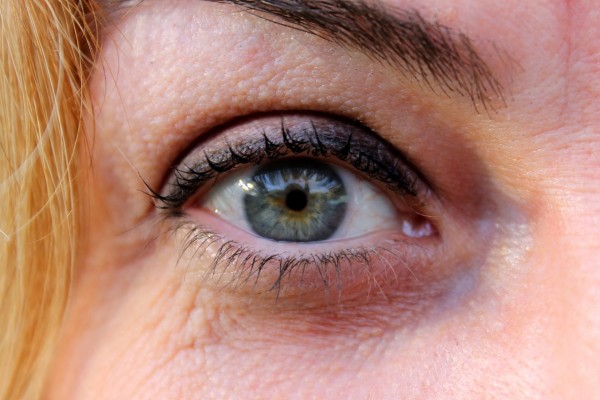
The research team worked with 82 people, with or without Type 2 diabetes, from Sweden for the study. They assessed the eyes of the participants using a special microscope. Researchers from Sweden, German, Italy, and Norway cooperated to develop a new method to create images in three dimensions of corneal nerves. The eye exam only takes 10 minutes and does not cause any discomfort to the patients. Moreover, the research team also developed an automated analysis program that enables the method to be used in general health care. This study is the first to use the new method completely for examining the degree of nerve damage in people with diabetes.
Results showed that participants with type 2 diabetes had lower corneal nerve density compared to those without type 2 diabetes. In addition, nerve density is even more reduced if the individual acquired type 2 diabetes for a longer period of time.
"Although there is currently no cure, it’s always an advantage to detect changes in the nerves early. Therefore, it’s valuable to find a fast and safe diagnostic method," said Professor Olov Rolandsson at Umeå University, one of the researchers of the study.
People with Type 2 diabetes are at risk of having impaired nerve function. In type 2 diabetes, the small nerve fibers in the peripheral nervous system start to lose their function even before symptoms become evident. These small peripheral nerve fibers can be found in the skin and in the cornea of the eyes. The decrease in nerve functions usually starts in their feet. The decrease results in reduced sensibility or pain and raises the risk of wounds. In some cases, it can also cause the need for an amputation. As of now, there is no cure for this type of nerve impairment, and the available methods at clinics to diagnose the condition are not completely optimal.
The findings of the study were published in the scientific journal IOVS, Investigative Ophthalmology & Visual Science.
Keep your eyes healthy even with diabetes
People with diabetes have a higher risk of developing eye diseases, such as diabetic retinopathy, glaucoma, and cataracts. Fortunately, you can take extra measures to preserve your vision and lower your risk of developing eye problems. Here are a few things you can do:
- Get your eyes checked regularly – Have a comprehensive dilated eye exam from your ophthalmologist at least once a year. Your ophthalmologist can assess your retina and optic nerve more thoroughly for signs of damage before you notice any change in your vision. If signs of disease do appear, you can get treatment as soon as possible.
- Manage your blood sugar – High blood sugar can affect the shape of the lens of the eyes. In turn, it can lead to a blurry vision. Although it can go back to normal after your blood sugar normalizes, high blood sugar can also impair the eyes' blood vessels. Thus, controlling your blood sugar helps prevent these problems.
- Regulate your blood pressure and cholesterol levels – Both high blood pressure and high cholesterol can increase the risk of eye disease and vision loss.
- Stop smoking – Smoking increases the risk of diabetic retinopathy and other diabetes-related eye diseases. Thus, giving up smoking will help cut the risk.
- Get moving – Exercise is good for overall health. Exercising regularly can help keep your eyes as healthy as possible. At the same time, it can help you manage diabetes.
Read more news stories and studies on diabetes by going to DiabetesScienceNews.com.
Sources include:
Please contact us for more information.





















